Construction drawings serve as the lifeline of any building project, providing a detailed roadmap that guides architects, engineers, and construction teams from conception to completion. In this our blog post, we delve into the intricate world of construction drawings, exploring their various types and the indispensable role they play in the building process.
What is a Construction Drawing?
A construction drawing is like a special picture for building stuff. Moreover, it's a bunch of drawings that show how to build something. The design team makes these drawings, and they tell us how to put a building together. However, they are not rough sketches but precise and technical documents that help the project go smoothly.
It's really important that these drawings have the right measurements and details. They need to follow the instructions given in the contract. Sometimes, the instructions might be in the drawings too, but it's better to keep them separate. This way, things won't get confusing if we need to make changes.
These drawings include floor plans, sections, elevations, and other detailed information about the building. People sometimes use terms like "blueprint" or "architectural drawing" to describe these, but they are all part of construction drawings.
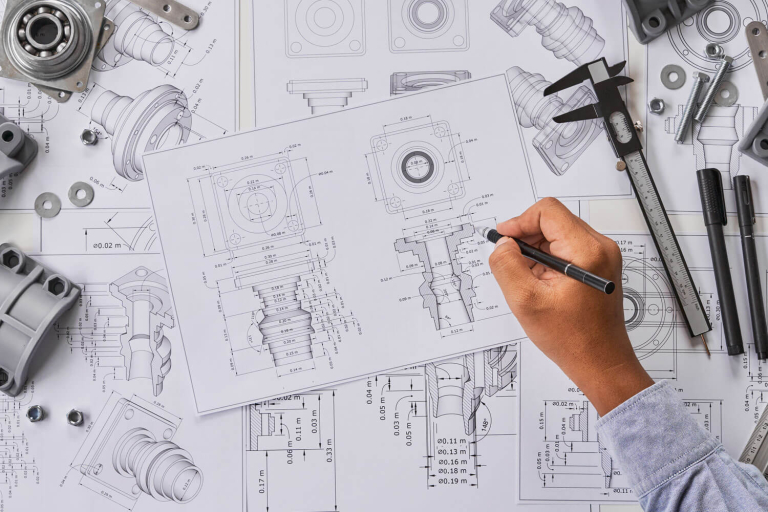
The Importance of a Construction Drawing in Building Design
Imagine you're building a puzzle. Each piece needs to fit perfectly to create the whole picture. Construction drawings are like the pieces of that puzzle when it comes to building design. As a result, they play a crucial role in guiding the entire building process.
Construction drawings provide a detailed roadmap for architects, engineers, and builders. They include essential information such as where walls, doors, windows, and stairs should be placed. These drawings also specify dimensions, showing how big rooms should be and how high ceilings should go. This helps ensure that everything fits together just right, like pieces of a jigsaw puzzle.
Additionally, these drawings illustrate the locations of pipes, wires, and other utilities. This is vital because it helps the builders know exactly where to install plumbing for water and waste, as well as electrical wiring for lights and outlets. Without these clear directions, there's a risk of mistakes or confusion, which could lead to costly fixes later on.
Furthermore, a construction drawing acts as a common language for everyone involved in the project. Architects, engineers, contractors, and subcontractors can all see the drawings and know the plan. This stops confusion and helps people talk easily. It's like having a shared playbook that makes sure everyone knows what's happening.
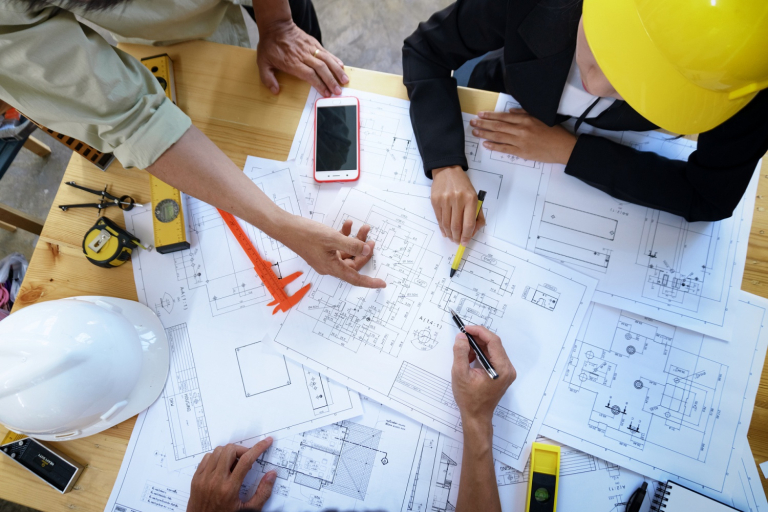
Different Types of Construction Drawing You Must Know
Here are some important kinds of drawings used in construction that you should be aware of:
Architectural Drawings
Site Plan
A site plan shows the entire project site, including the location of the building, roads, parking areas, landscaping, and other features. Moreover, it provides an overview of the project's layout within its surroundings.
Floor Plans
Floor plans depict the layout of each floor of the building. They show the arrangement of rooms, walls, doors, windows, and other structural elements. Furthermore, these drawings help visualize the interior spaces.
Elevations
Elevations are drawings that show how the exterior of the building will look from different angles. Also, they display the building's facade, including details like windows, doors, and architectural features.
Sections
Sections are vertical or horizontal cutaway views of the building that provide insight into its internal structure. They help understand how different components, such as walls, floors, and roofs, are connected.
Details
Detail drawings provide close-up views of specific parts of the construction. These drawings show how different elements are constructed, such as connections between beams and columns or the design of a staircase.
Roof Plan
A roof plan showcases the layout of the roof. In addition, it indicates the placement of roof elements like trusses, dormers, vents, and chimneys.
Landscaping Plans
Landscaping plans show how gardens, paths, fountains, and outdoor things will be put in place. They make the project look nicer and more appealing.
Accessibility Plans
These plans deal with things that help people move around easily, like ramps and elevators, so the building follows rules for accessibility.
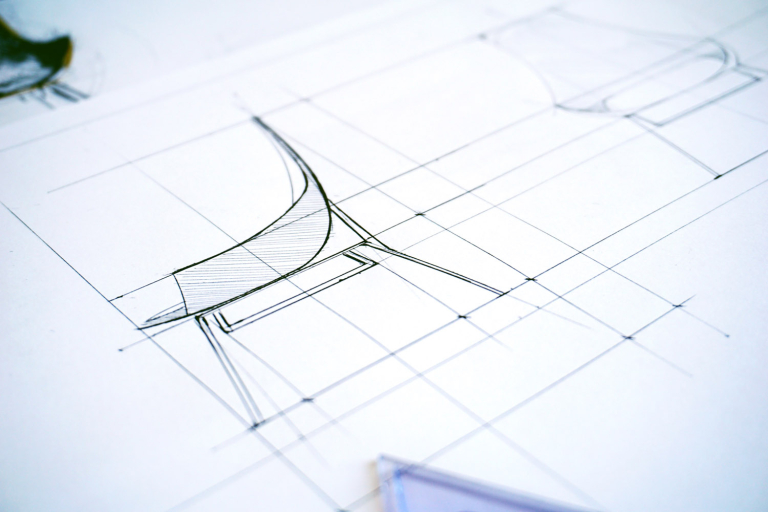
Read more: Architectural Drafting: Definition, Types, and Outsourcing Benefits
Structural Drawings
Foundation Plan
This plan demonstrates the setup of the foundation, including footings, piers, and other sturdy components. It gives important info to make sure the building stays steady.
Structural Plans
Structural plans give details about the building's strong parts that hold weight, like columns, beams, and foundations. They also make sure the building stays strong and safe.
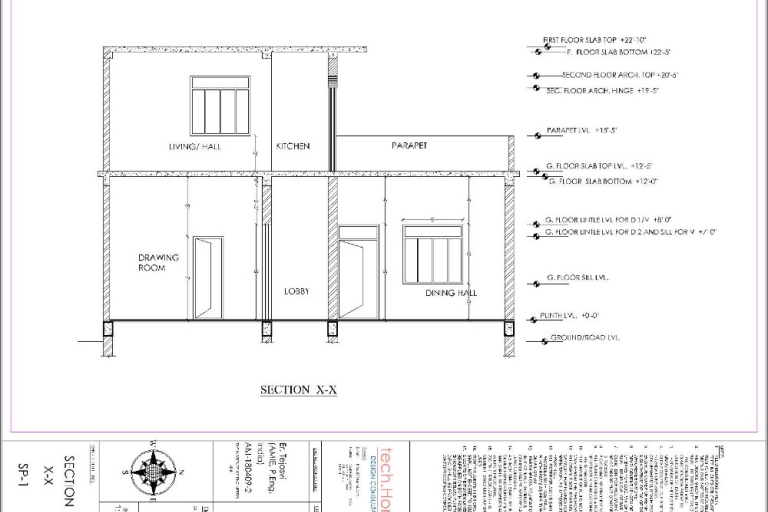
MEP Drawings
Electrical Plans
These plans show where things like plugs, switches, lights, and other electrical parts will go in the building.
Plumbing Plans
Plumbing plans show how pipes, fixtures, and other plumbing stuff like sinks, toilets, showers, and drains will be arranged.
HVAC (Heating, Ventilation, and Air Conditioning) Plans
These plans show how the ducts, vents, and HVAC equipment will be set up. They make sure the building has good airflow and the right control over the temperature.
Fire Protection Plans
These plans show where fire alarms, extinguishers, sprinklers, and safety things will be put to prevent and handle fires.
Each type of construction drawing serves a specific purpose and contributes to the overall success of a construction project. Together, these drawings give the directions and info needed by contractors, architects, engineers, and others to make a building design real, right, and safe.
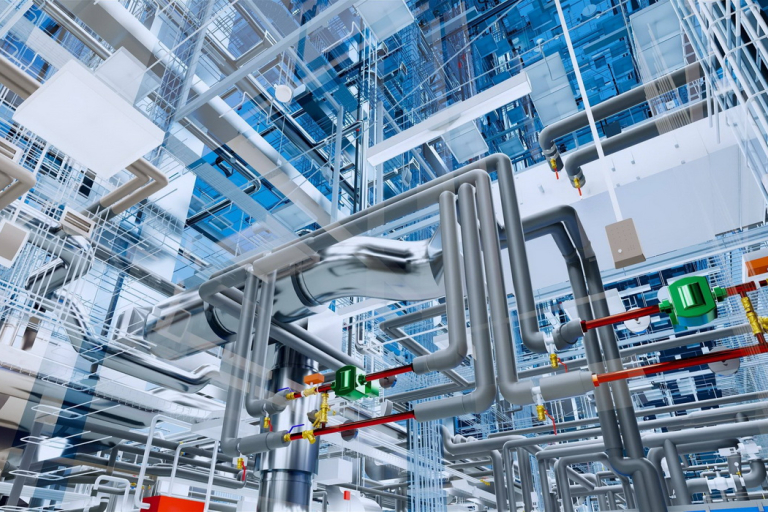
Conclusion
In construction and making building plans, being accurate and easy to understand is really important. That's where Harmony Advanced Technologies is really good. We've been doing this for more than 20 years. Our special skill is in making really important Construction Drawing Services for all sorts of projects.
We know all about different kinds of these drawings, like ones about how the building looks outside and ones about the strong parts inside. We're also really good at drawings for electricity, pipes, and other important things like heating and fire safety.
In the world we live in now, where things must be very precise, we use special tools such as BIM and CAD to create these drawings with extra care and accuracy. These tools assist us in making 3D images that are easy for everyone to understand. In conclusion, if you have any questions, please contact us here. We're always ready to answer all your wonders.
Categories





